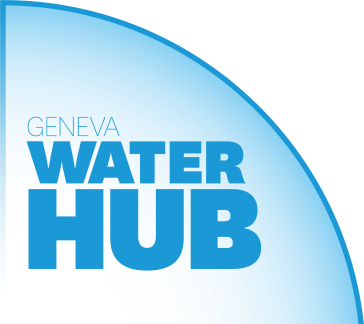
DAMS : régulation des flux d'eau dans un monde fragmenté

Dans le contexte du changement climatique et de l'augmentation de la population mondiale, la demande en eau évolue rapidement et la construction de grands barrages connaît une renaissance dans le monde entier.
L'endiguement d'une rivière est une opportunité pour la production d'énergie et le développement de l'agriculture. Il peut cependant créer des conflits entre les secteurs à plusieurs échelles. En outre, des troubles politiques peuvent survenir si les eaux sont partagées avec d'autres pays.
Les barrages offrent de multiples avantages (énergie hydroélectrique, approvisionnement en eau, contrôle des inondations, stockage de l'eau, irrigation, navigation, loisirs, etc.) ). Ils entraînent également de nombreuses externalités négatives (perte de connectivité entre les rivières et la mer, déplacement de communautés, impacts sur la biodiversité aquatique, entre autres).
Du niveau mondial au niveau local, un large éventail de règles s'applique aux barrages en tant qu'infrastructures. En outre, il est impératif de tenir compte des règles liées à l'utilisation et à la protection de l'eau et de celles destinées à encadrer les relations transfrontalières entre les États souverains. En tant que tels, les outils juridiques établissent le cadre nécessaire pour parvenir à un équilibre acceptable entre les différents intérêts de ceux qui peuvent bénéficier d'un barrage ou en subir les conséquences.
Le développement des barrages suscite un débat animé entre de multiples acteurs et déploie diverses dynamiques sociopolitiques à travers le monde. Au cours de la dernière décennie, on a assisté à la fois à la construction d'un nombre croissant de grands barrages et à la mise hors service d'un nombre croissant de barrages.
En se concentrant sur ces défis et sur les dynamiques existantes, le Geneva Water Hub et le Centre du droit de l'environnement de l'UICN lancent l'initiative "Barrages : régulation des flux d'eau dans un monde fragmenté".Barrages : régulation des flux d'eau dans un monde fragmenté"dont la première étape sera d'élaborer une évaluation des outils juridiques applicables à la planification, au développement et à la surveillance des barrages. Cette évaluation comprendra un recueil de références regroupant et analysant les principaux cadres et principes à prendre en compte pour relever les défis des barrages en général et des grands barrages en particulier.
D'après l'évaluation, cette initiative englobera progressivement différents types d'installations hydroélectriques, à des échelles multiples et avec la participation d'une diversité d'acteurs.
Ce faisant, l'initiative vise à contribuer de manière significative au débat actuel sur la gestion des barrages et à offrir un ensemble de ressources aux décideurs politiques, aux chercheurs et aux praticiens. Pour plus d'informations sur le recueil, n'hésitez pas à nous contacter en utilisant notre page de contact.
Le présent document est le premier résultat de cette initiative conjointe visant à élaborer une évaluation des outils juridiques applicables à la planification, au développement et à la surveillance des barrages. Cette évaluation comprend un recueil de références regroupant et analysant les principaux cadres et principes à prendre en compte pour relever les défis posés par les barrages en général et les grands barrages en particulier (voir annexe). Ce premier résultat doit être considéré comme un "document vivant" qui sera développé et complété par d'autres pratiques.
Premier document de sortie Premier document de sortie Annexe




